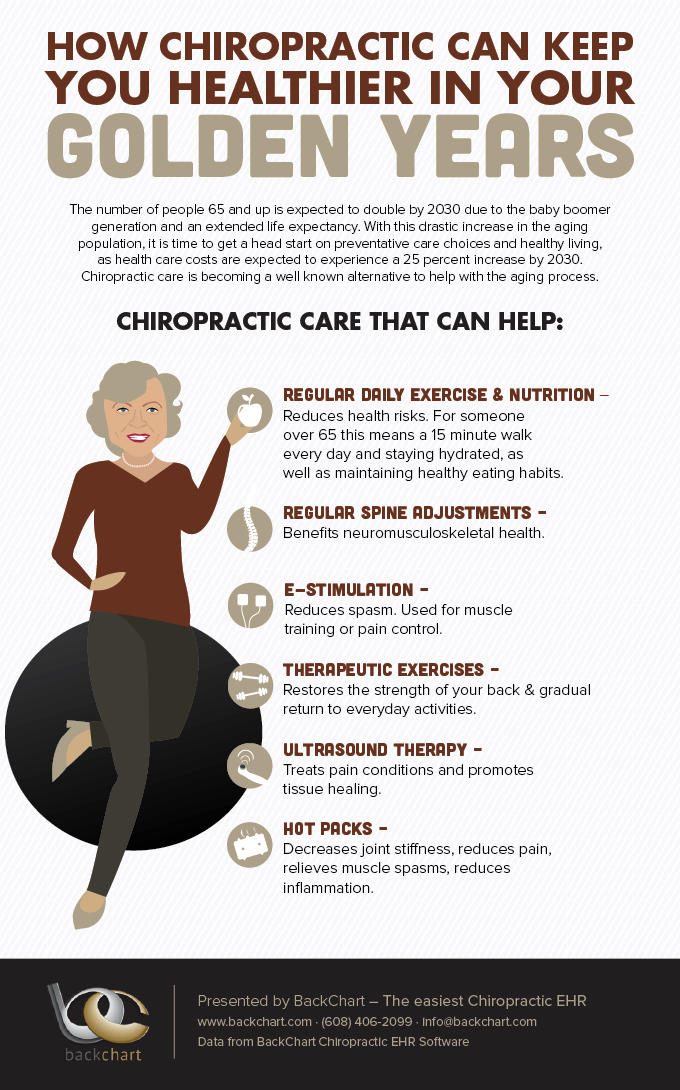Just When You Think Alleviation Is Near, Soft Tissue Treatment Discloses Its Awkward Facts-- Discover Why The Procedure Can Be Painful Yet Helpful
Just When You Think Alleviation Is Near, Soft Tissue Treatment Discloses Its Awkward Facts-- Discover Why The Procedure Can Be Painful Yet Helpful
Blog Article
Posted By-Carson Conradsen
When you undergo soft Tissue treatment, you may discover it remarkably awkward. This pain arises as stress is related to strained muscles and damaged tissues, triggering your discomfort receptors. While it can feel upsetting in the minute, there's a reason behind this feeling. Comprehending what happens in your body during these therapies can help you value the procedure. So, what exactly is taking place underneath the surface?
The Physiology of Pain Throughout Soft Tissue Treatment
When you undergo soft Tissue therapy, your body's action to discomfort is a complicated interaction of physiological procedures. As the therapist applies pressure, your body turns on discomfort receptors, sending out signals to your brain. This activates the launch of neurotransmitters, such as substance P and glutamate, which intensify the feeling of discomfort.
Your muscular tissues might also tighten in reaction, further complicating the experience. In addition, your body may launch endorphins, natural medicines that can assist ease some pain.
view site… between these processes can develop a distinct experience for each individual. Comprehending this physiological reaction helps you browse the feelings during treatment, permitting you to value the balance in between discomfort and the capacity for healing benefits.
The Role of Discomfort in the Recovery Refine
Although pain during soft Tissue treatment can feel overwhelming, it plays an important duty in the healing process. When you experience pain, your body is indicating that it's functioning to repair broken tissues. This response aids boost blood circulation to the afflicted area, providing important nutrients and oxygen required for healing.
In addition, discomfort can advertise the launch of endorphins, your body's natural medicines, creating a feeling of relief post-treatment. Accepting this discomfort can help you comprehend your body's restrictions and urge you to address underlying issues.
While it's unpleasant currently, this process is crucial for long-lasting recovery and boosted feature. Identifying pain as a vital part of healing can encourage you to remain devoted to your treatment.
Tips for Taking Care Of Discomfort Throughout and After Treatment
Handling discomfort during and after soft Tissue treatment can considerably enhance your total experience and recovery.
To start, communicate openly with your specialist concerning your discomfort levels; they can readjust strategies accordingly. Using deep breathing techniques can additionally aid you loosen up and relieve discomfort.
Take into consideration using ice to the treated location post-session to lower inflammation and numb soreness. Remaining moisturized aids in the recuperation procedure, so consume alcohol a lot of water.
Mild extending and light movement after therapy can promote blood flow and simplicity stiffness. Finally, ensure you obtain adequate remainder to allow your body to recover.
Executing https://activatorchiropractornear73950.blog-gold.com/41554782/how-sports-massage-can-aid-ease-muscle-pain can make your soft Tissue treatment much more manageable and pleasurable.
Final thought
In conclusion, while soft Tissue treatment can be uncomfortable, it's vital to identify that this pain plays a vital duty in your healing trip. By understanding the physical reactions at play, you can approach the therapy with a more positive attitude. Keep in mind, the first discomfort typically gives way to alleviation as your body launches endorphins. Embrace the process, and don't be reluctant to use the pointers for taking care of discomfort to boost your experience and recovery.
